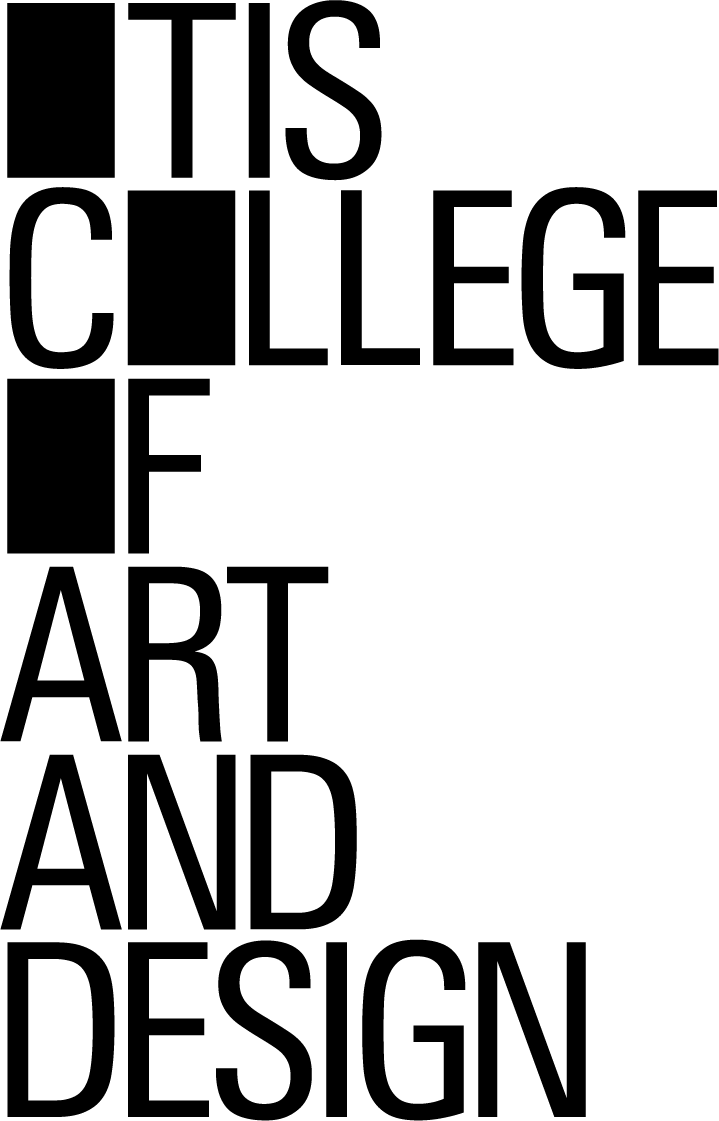Blog Archives
It’s Back To School For Game Devs Too!
 Each school year we host a student from China or Korea who is attending a nearby high school. This type of arrangement is called “homestay”, in which a foreign student lives in an American home. What the students get out of it is an opportunity to immerse themselves in American language and culture, and what we get out of it is an opportunity to enlarge our family for most of the year and learn a bit more about Asian culture.
Each school year we host a student from China or Korea who is attending a nearby high school. This type of arrangement is called “homestay”, in which a foreign student lives in an American home. What the students get out of it is an opportunity to immerse themselves in American language and culture, and what we get out of it is an opportunity to enlarge our family for most of the year and learn a bit more about Asian culture.
This year we are hosting Daisey, an 11th grader from Shanghai. She arrived from China about a week ago, and we were pleased with how well she speaks English, which makes being her host parents a much easier task. A few days ago she asked me to bring her to Walmart so that she could buy some school supplies: notebooks, pens, book covers, and all the usual gear needed for school.
As I looked at the “Back To School” signage, I thought not only about the many times I’ve had to prepare for a new school year, but also about how often I’ve had to prepare for a new job, a new project, and new responsibilities. Occasionally I’ve taken a class for learning a new programming language or a workshop for improving my soft skills, but more often I’m learning by reading industry articles on the internet or meeting other professionals at a conference or meet-up.
The single most important lesson I’ve learned is the need to be constantly learning. Things change very fast in the game industry, and if you don’t keep up, you’ll find yourself ‘way behind, and that may make it hard to find a new job later on. Believe me, it is far better to school yourself to stay current in the industry, than to get schooled by a colleague or competitor who knows more than you do.
Here are a short list of some of the things I recommend for game developers to keep current:
- Read Gamasutra daily to find out about game industry news and trends.
- Read books on game development (don’t just rely on internet articles).
- Attend local meet-ups for game developers.
- Attend a conference such as Game Developers Conference, E3, SXSW, or SIGGraph.
- Take online tutorials or classes at brick-and-mortar schools to learn new development tools.
- Learn a foreign language — the game industry is global, and knowing another language like Chinese, Japanese, Russian or German will open up more career possibilities for you.
Keeping current does take an effort, but if a 16-year-old Chinese girl can make the effort to live halfway around the world to secure a better fortune for herself, you can make the effort to spend a little time each day or week securing your own future in the game industry.
Learning Foundational Game Design Skills: Research, Sketching, Process

I just accepted a teaching position at the ArtCenter College of Design, a very well regarded college in Pasadena, California offering undergraduate and graduate programs in a wide variety of art and design fields. Many of the game artists I’ve hired are ArtCenter graduates, and the school has just launched a Game Design track within its Entertainment Design program, which is why they asked me to join their faculty. I won’t be teaching my first class, Game Design Fundamentals, until next month, but I am well into the onboarding process of filling out paperwork and learning about the school and its curriculum.
Everyone is very welcoming, and one of the other instructors invited me to attend his class on the final day of the semester last week to watch his student’s final presentation. The name of the class is “How Things Work”, where each student is required to select a product, take it apart and analyze its constituents, record this information, and then reassemble the product. They examine a wide range of products to gain a useful understanding of things from motors to materials. The goal of the class is to provide students with an intuitive understanding of how products function in various ways, in order that design solutions be intelligent.
For their final presentation, students were allowed to invent their own object to analyze — a weapon, a vehicle, an article of clothing or even an alchemic potion. Their presentation was broken into the following parts:
- Story: The (fictional) circumstances that prompted this object to be invented.
- Requirements: What problems the invention must solve.
- Limitations: Restrictions to which the invention must adhere.
- Research: An examination of the (real-life) science and technology on which the invention depends.
- Initial Design: A first pass at describing with rough sketches and bullet points an invention that fulfills the requirements and adheres to the limitations.
- Final Design: A more polished illustration and description of the invention, informed by what the student learned in doing the initial design.
At first I thought this class seemed more appropriate for industrial design than game design, but as I watched the presentations for ray guns, space ships, and magic spells, I appreciated how the students were developing the introductory skills required to become a professional game designer: research, sketching, and process. This, I realized, was a much more effective start to a game design curriculum than, say, learning about the history of games. Knowledge is a great thing, but its even better when built on a foundation of skills.
I look forward to putting those skills to the test when the students take my Game Design Fundamentals class next month.





